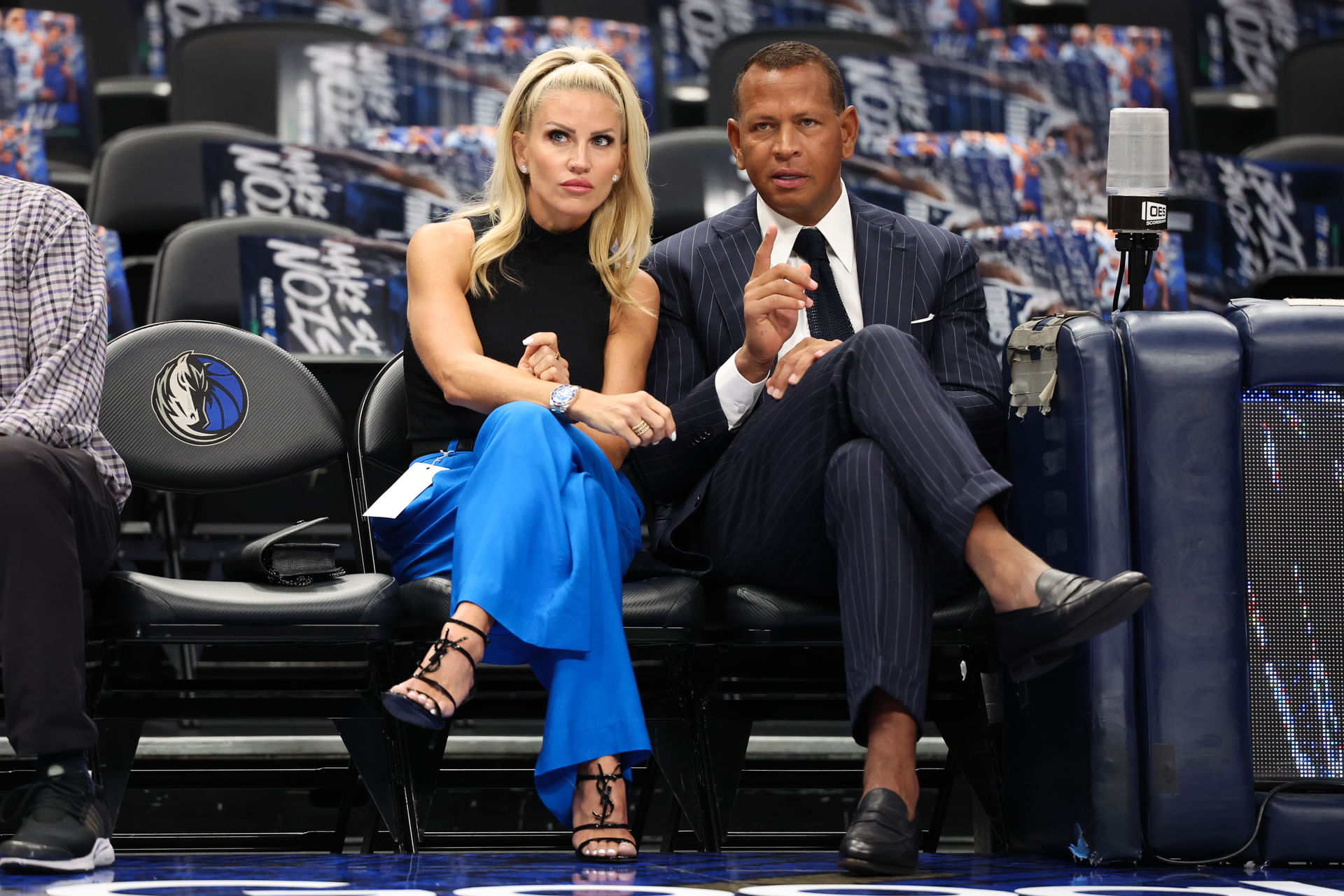Australia is in its fitness era, where marathon tickets are selling out just as fast as tickets to see the best global artists.
You only have to open social media or do a quick internet search to find an online fitness program to follow, which can claim to build a butt or be perfect for building abs.
But to look past this marketing terminology and find a program which best suits your health and fitness goals can be a daunting and challenging task.
Two industry professionals, with years of personal training experience, offered tips on what to look out for when choosing to spend money on an online program.
Check for relevant qualifications
The number one tip from both qualified personal trainers, Katie Martin and Tom Rock, was to check that the person who has written the program has relevant qualifications.
Ms Martin, who has been working in the industry for 10 years, said people with large followings who look a certain way were often branded as “trainers” but did not have qualifications.
Qualified personal trainer Katie Martin says it’s important the author of the programs have relevant qualifications. (Supplied: Katie Martin)
“The industry — and social media in particular — is flooded with fitness influences that aren’t necessarily qualified trainers … but to the average consumer, it can be quite confusing as to who is qualified and who is not,” Ms Martin said.
“Just because they have a greater following doesn’t necessarily mean that they’re any more qualified than someone that actually is.
“I think it’s very important to one, check that the person or the business designing the program is qualified and does have certifications in whatever area they are claiming to sell the program for.”
Invest in a personal trainer to do a few sessions prior to beginning a new program
When starting an online fitness program, particularly one that involves lifting weights, it’s important you know the correct technique to avoid injury.
Many programs assume people have a base level of knowledge.
But for those who have little to no experience in strength training, Australian Fitness Academy course developer Tom Rock said doing some face-to-face sessions with a personal trainer first would be beneficial.
Tom Rock recommends a few face-to-face sessions with a personal trainer before starting an online fitness program. (Supplied: Tom Rock)
“[If] you haven’t learned face to face how to do exercises properly, how to manage training load, or how to monitor how hard you’re working and what it should feel like, you’re not going to get a lot of out of these online programs,” Mr Rock said.
“Investing in a face-to-face personal trainer for whether it’s three, six or 12, months will be the best investment you make.
“I think people would find they get a lot more out of online programs, and probably have a better idea of what they should look for.”
Ms Martin said while it’s an up-front cost, it will help in the long run.
“I think that small investment is going to deter you from having to spend money or time at the physio or a doctor in case you injure yourself,” she said.
“Just getting two to three sessions under your belt, learning how to lift properly, how to lift safely, is going to benefit you in the long run, tenfold.”
Watch out for unrealistic marketing tactics
It’s not uncommon to see exercise programs which promote weight loss in a certain period of time, like ‘lose 10 kilograms in just two weeks’.
Ms Martin said that kind of language can be harmful and create unrealistic expectations.
“I think where the fitness industry really goes wrong is that they’re taking advantage of people that are in really vulnerable positions,”
she said.
“They’re taking advantage of people that are trying to do the right thing by their health, that are trying to make the right change, and they use a varying range of marketing techniques to try and do that.”
She said everyone’s health journey was unique.
“What the program should be trying to promote is that it will potentially make someone stronger or cardiovascular fitter but not trying to tell someone how many kilos they’re going to lose,” Ms Martin said.
“It is so ambiguous, because it also very much comes down to what their diet looks like and all their other lifestyle choices.
“It’s almost a lie, and it’s really sad, because yet we see very vulnerable people that are truly trying to do the right thing by themselves, and their bodies fall into these traps just because they are so desperate to see change.”
What about running programs?
From the original couch to five kilometres to more advanced marathon programs, running programs have been around a while.
Mr Rock said running is more a straightforward concept, which makes it easier to follow a general program.
“I think probably running programs have a better scope just to be applied generically in an online program, it’s a little bit less complicated, I would say, than learning to resistance train,” he said.
“There’s not a massive learning curve.”
Following an online running program is more straightforward, but make sure to continue strength exercises. (Unsplash: Andrew Tanglao)
While for the most part, everybody knows how to run, Ms Martin said its important to maintain strength training to help prevent injuries.
“The only risk you run, no pun intended, is that with most running programs, there is no supplementary strength program to support people’s running goals,” she said.
“If you are not a particularly consistent runner, or it’s not something you’ve done, you do run the risk of going from zero to 100 and injuring yourself.
“A well written program shouldn’t take you from zero to 100 and again, that’s why it’s important to look into where you’re getting your programs from.”




